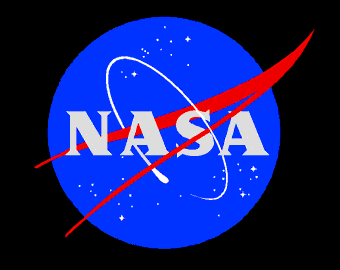NASA is going through a whole lot during period: discussions about budget cuts, problems with launches, even with Hubble, and many, many more smaller or bigger problems are denting one of the finest organizations in the world. But a pair of costly satellite crashes mean dealt an even more severe blow to the space agency, especially to the earth science departments, in a time when the Senate is debating if this should even be a matter concerning NASA.
The $424m Glory satellite was launched with the purpose of monitoring aerosols and the Sun’s power crashed into the Pacific ocean, shortly after it was launched on Friday; this happens just two years after a pretty similar satellite that was supposed to study the carbon dioxide in the air met the same fate. It may seem like the timespan is not so short, but when talking about projects of this magnitude, two years isn’t really a big timeframe.
“The loss of the Glory satellite is a tragedy for climate science,” said Bruce Wielicki, senior scientist for earth science at Nasa’s Langley Research Centre. “The time to heal a lost space mission is typically three to seven years depending on budgets and how many spare parts remain from the last instrument builds,” he said.
The aerosols which were supposed to be studied provide the biggest uncertainty in terms of weather prediction, and it will be another few years until we may get another chance of understanding them.
“It’s not like we have spares on the shelf,” said Glory programme scientist Hal Maring, adding that the advanced instruments on board would have offered detailed data in an area that desperately needs more study.
The budget that President Barack Obama proposed suggests a 25% increase in NASA’s earth sciences budget, but it has yet to be approved by the Senate, and it has a major question mark right in front of it.
“Nasa’s primary purpose is human space exploration and directing Nasa funds to study global warming undermines our ability to maintain our competitive edge in human space flight,” said Republican Congressman Bill Posey last month.
However, if you ask me, this way of looking at things is shallow at best; the goal of a space agency is not to be a bragging machine about who can carry men out the farthest, but about understanding universal, stellar and planetary mechanisms as well. Besides, we are miles and miles away from talking about a major practical use of manned spaceflight, so the goals are scientific; also, NASA is one of the few organizations who is prepared to tackle an understanding of such complex concepts, and the geological understanding of our planet will definitely be of help further in mankind history. But then again, I got a bit carried away because a budget cut for NASA would be, if you ask me, one of the biggest mistakes the US can do at the moment. But that’s just me.










